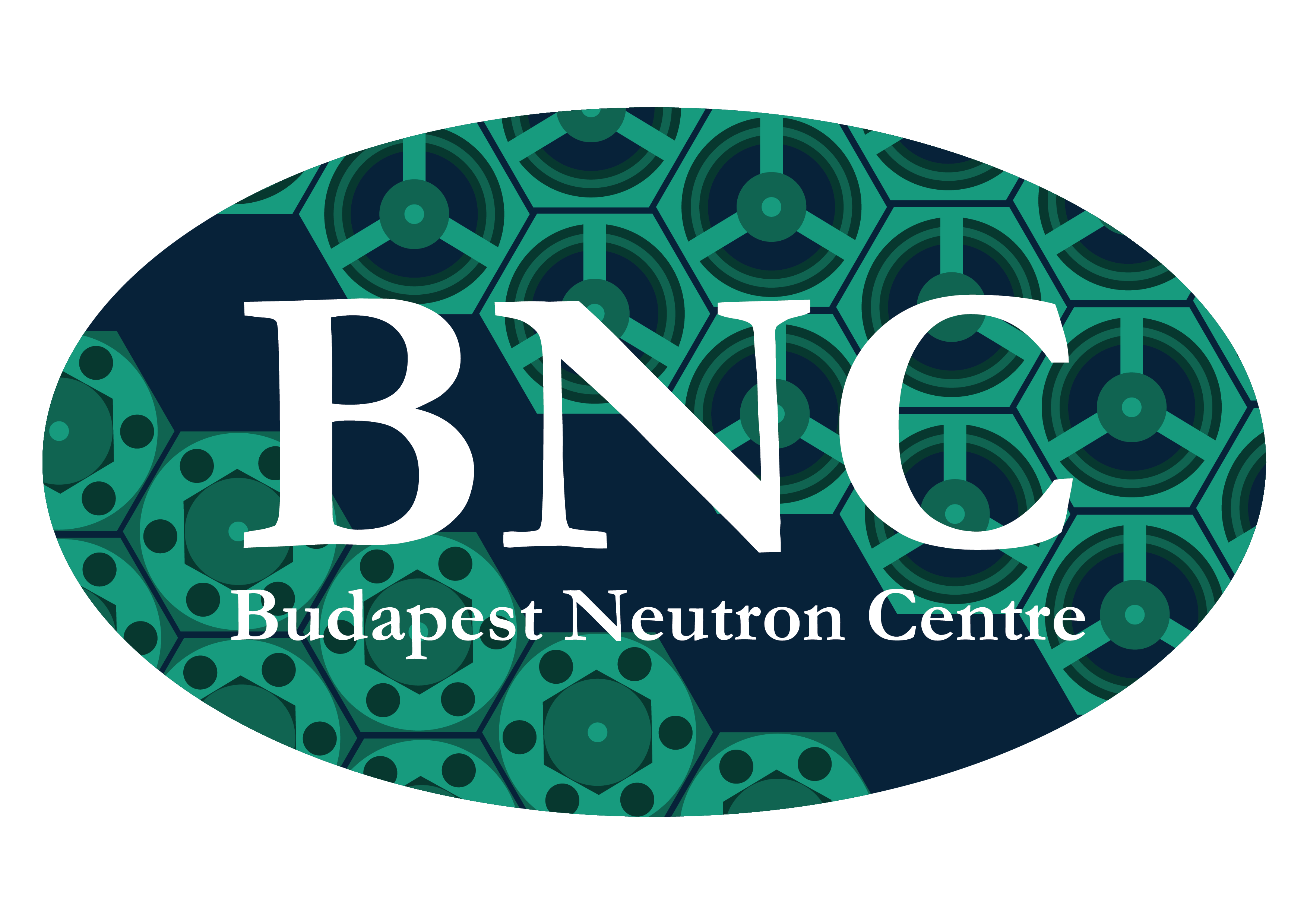NINMACH 2017

Neutron Imaging and Neutron Methods in Archaeology and Cultural Heritage 2017
A conference organized by Budapest Neutron Centre in cooperation with the International Atomic Energy Agency (IAEA)
Venue: Budapest, Hungarian Academy of Sciences;
1051 Budapest, Széchenyi István tér 9.
Local organizing committee:
László Szentmiklósi, Chair of the Conference
Zsolt Kasztovszky, Programme Committee Chair
Katalin Bajnok
Adél Len
László Rosta
In the recent years, modern scientific methods have led to a wealth of information in Archaeology and Cultural Heritage Research concerning the composition of artefacts both on a molecular level and on the mechanical built of objects that cannot be dismantled without destroying them. X-ray methods from radiography to fluorescence have become widespread, but the potential of neutron methods has barely been tapped.
Neutrons easily penetrate thick layers of metals, even lead, while revealing organic materials like wood, leather or bones in sealed metal or stone containers. Two- and three-dimensional imaging provides visual information, neutron activation analysis delivers elemental composition, while neutron scattering reveals alloys and textures.
With modern detectors Neutron Imaging can be performed at low-power research reactors; the application for cultural heritage research opens new uses of smaller research reactors throughout the world, a tendency explicitly supported by IAEA.
NINMACH addressed archaeologists and conservators from museums and universities with the aim to illustrate the potential of neutron methods in cultural heritage research.
Talks and posters were presented by physicists and archaeologists who have already had successfully employed neutron methods; attendance was explicitly recommended to scientists completely new to neutron methods but wanted to learn about the research possibilities at neutron sources throughout the world.
The conference language was ENGLISH.
